In the perpetual darkness of the abyssal plains, where pressure crushes all but the most resilient creatures, an unlikely janitor thrives. The sea pig, a gelatinous denizen of the deep, plows through the ooze with an almost comical determination. These distant cousins of starfish have evolved into nature’s most efficient organic recyclers, their existence a testament to life’s ability to exploit even the most inhospitable environments.
Scientists first encountered these peculiar beings over a century ago, but it wasn’t until deep-sea exploration technologies advanced that researchers began unraveling their ecological significance. Unlike their shallow-water relatives, sea pigs (genus Scotoplanes) have adapted to traverse fine sediments on elongated tube feet, moving with a grace that belies their blob-like appearance. Their inflated bodies, filled with fluid rather than muscle, withstand pressures that would flatten most organisms.
The sea pig’s feeding strategy reveals nature’s ingenuity at its finest. As they glide across the seafloor, their modified tube feet act like delicate shovels, sifting through detritus for decaying organic matter. This "marine snow" – the constant shower of dead plankton, fecal pellets, and other biological debris from above – forms the foundation of a food web that sustains entire deep-sea ecosystems. By accelerating the breakdown of this material, sea pigs play a crucial role in nutrient cycling that affects even surface-dwelling species.
Recent submersible expeditions have uncovered fascinating aspects of their behavior. Groups of sea pigs often move in coordinated migrations, following nutrient-rich currents across featureless plains that stretch for thousands of miles. Their social feeding creates meandering trails visible in seafloor photographs, like ghostly highways etched in sediment. Marine biologists speculate these patterns may represent a form of collective intelligence, with chemical signals guiding their movements toward concentrations of organic material.
Climate change and human activities now threaten these delicate deep-sea custodians. Deep-sea trawling operations inadvertently scoop up thousands of sea pigs as bycatch, while rising ocean temperatures alter the composition of marine snow falling to the abyss. Perhaps most alarmingly, microplastic particles have been found embedded in sea pig tissues – a sobering reminder that even the most remote ecosystems bear the mark of human influence.
Conservation efforts face unique challenges in protecting creatures like sea pigs. Their extreme habitat makes population studies difficult, and their slow reproductive rates mean recovery from disturbances takes decades. Yet preserving these unusual animals matters beyond scientific curiosity. As key players in carbon sequestration, their continuous processing of organic material helps regulate Earth’s climate systems in ways we’re only beginning to understand.
The more researchers learn about sea pigs, the more questions arise. How do they locate food across such vast, dark expanses? What symbiotic relationships might they have with microbes that aid their digestion? Each discovery peels back another layer of mystery surrounding these gelatinous vacuum cleaners of the deep. In their unassuming way, sea pigs remind us that even the strangest creatures hold indispensable roles in maintaining our planet’s delicate balance.
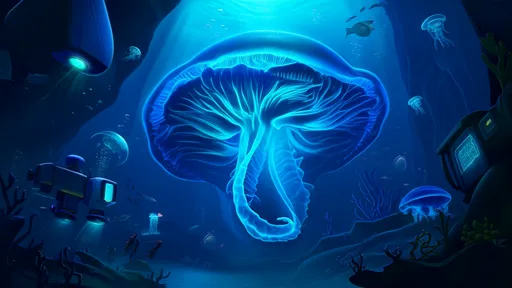
By /Jun 10, 2025
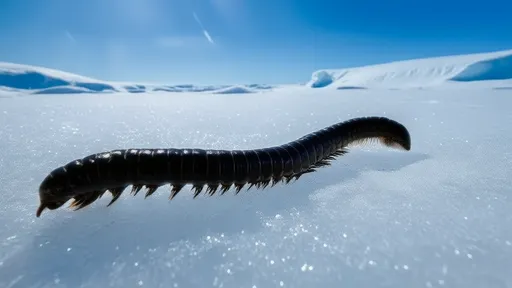
By /Jun 10, 2025
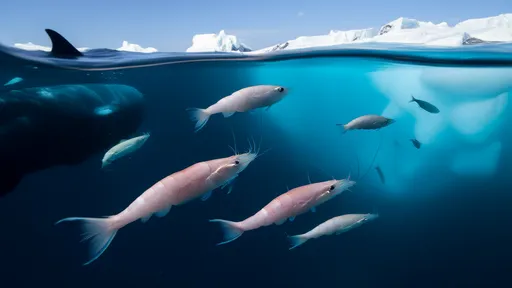
By /Jun 10, 2025
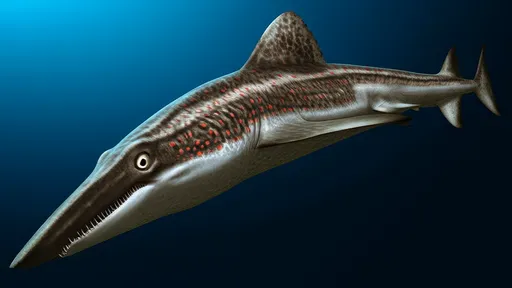
By /Jun 10, 2025
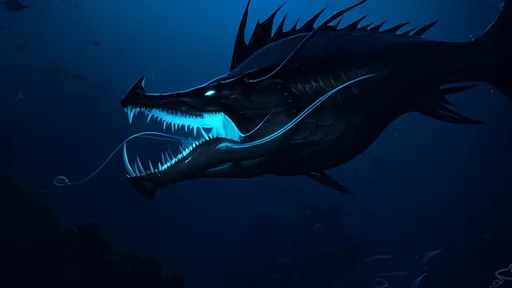
By /Jun 10, 2025
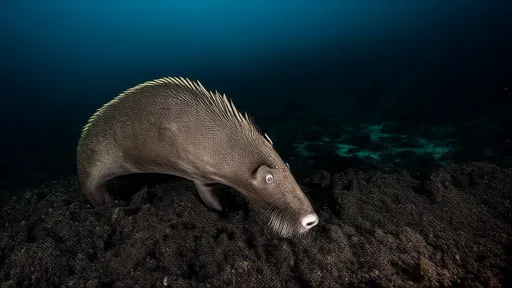
By /Jun 10, 2025
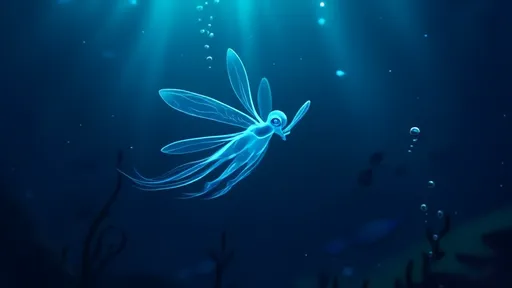
By /Jun 10, 2025
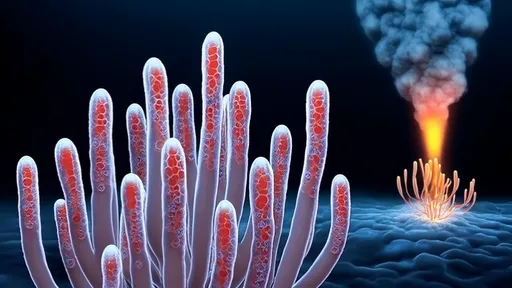
By /Jun 10, 2025
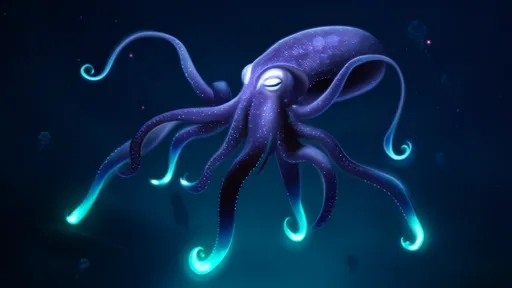
By /Jun 10, 2025
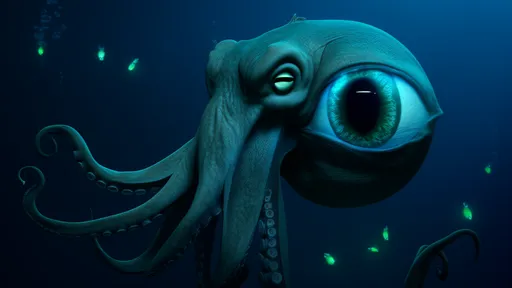
By /Jun 10, 2025
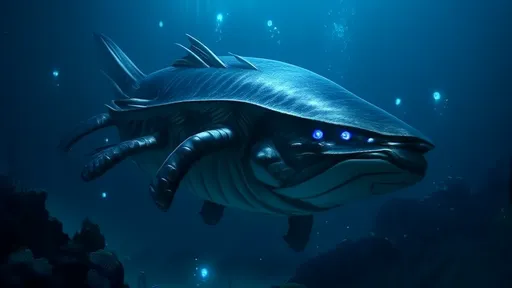
By /Jun 10, 2025
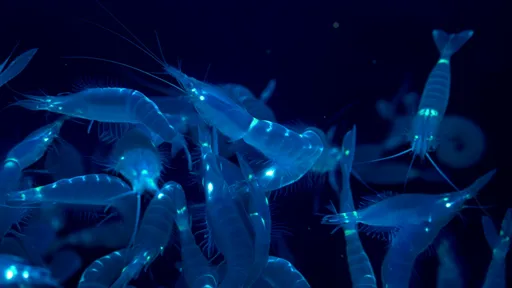
By /Jun 10, 2025
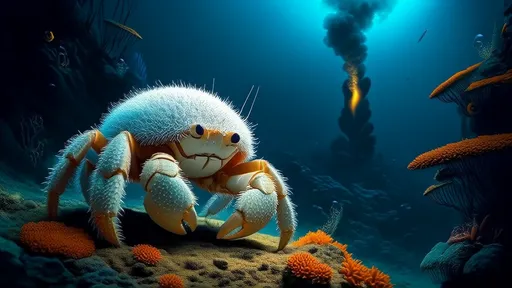
By /Jun 10, 2025
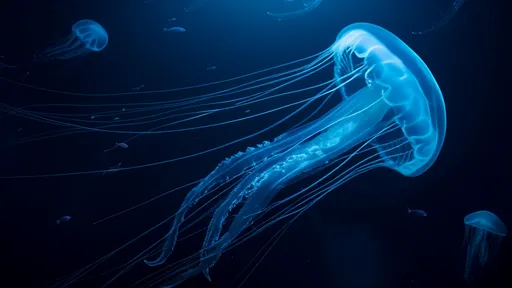
By /Jun 10, 2025
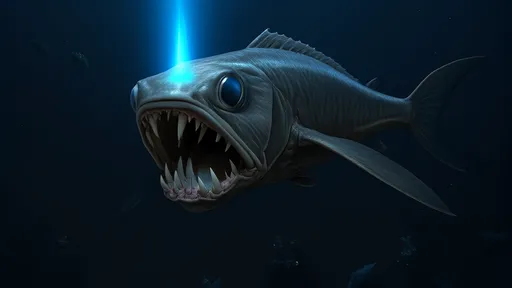
By /Jun 10, 2025